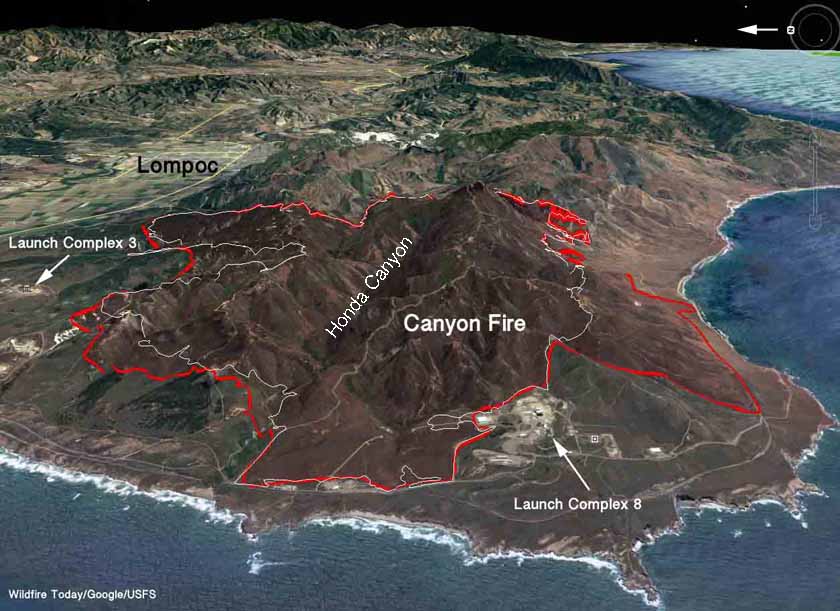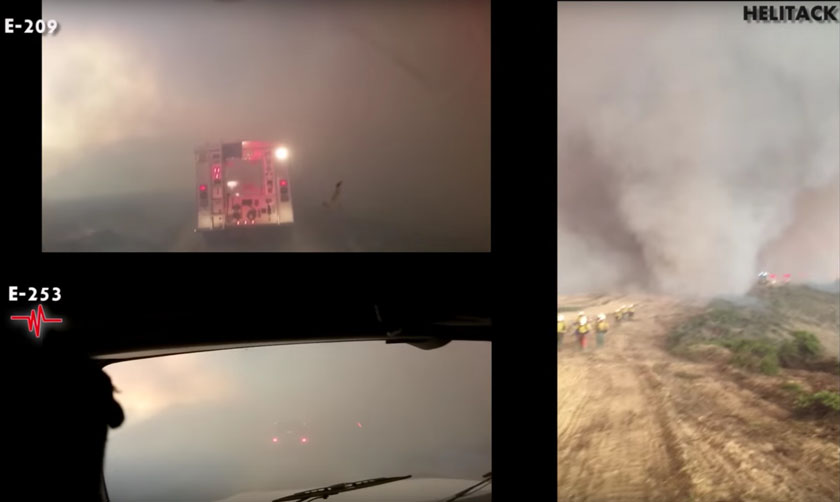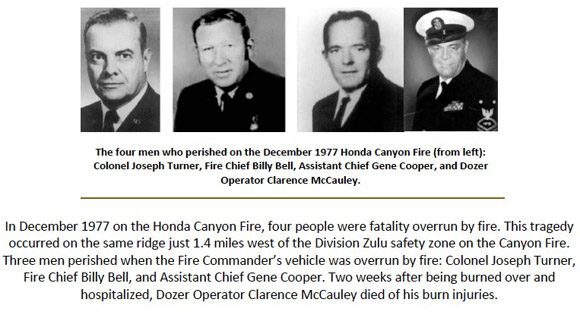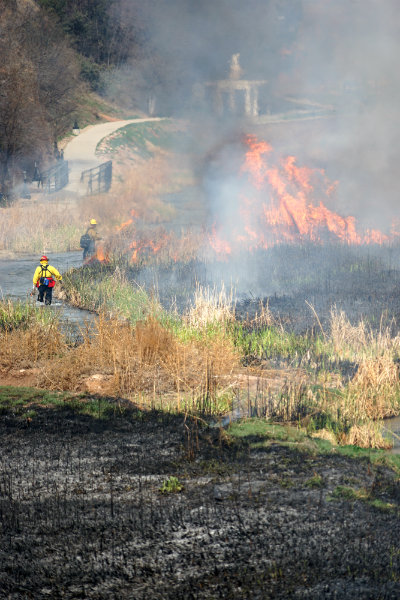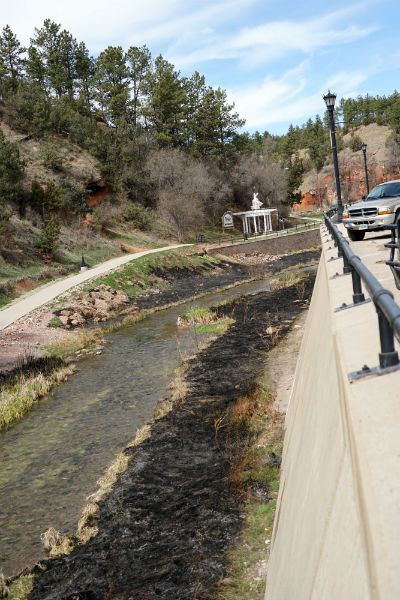 On April 1 the Predictive Services section at the National Interagency Fire Center issued their Wildland Fire Potential Outlook for April through July. The data represents the cumulative forecasts of the ten Geographic Area Predictive Services Units and the National Predictive Services Unit.
On April 1 the Predictive Services section at the National Interagency Fire Center issued their Wildland Fire Potential Outlook for April through July. The data represents the cumulative forecasts of the ten Geographic Area Predictive Services Units and the National Predictive Services Unit.
Below are the highlights of their report. Following that are NIFC’s graphical outlooks for May through July and NOAA’s temperature and precipitation forecasts.
We also have the NOAA/USDA Drought Monitor which, in the history of our monthly reports, shows no extreme or exceptional drought in California for the first time in years.
****
“Florida and portions of Georgia, South Carolina, Texas and New Mexico continue to experience significant fire activity as warmer and drier-than-normal conditions persist. These conditions will persist as the fire activity peaks across the Southern Plains by May and across Florida through coastal Carolina by early June. Periodic, event-driven pre-green up grassfire activity continues across the central and northern plains and in the lower elevations of the West. This is normal activity and will continue to occur until full green up takes hold. Developing drought conditions across Central Texas and Oklahoma could elevate fire potential in May.
Western New Mexico and Arizona will begin to see an increase in significant fire activity in May before the monsoon begins to develop in late June and begins to curtail activity. As the fire season progresses into June and July, there are concerns with the seasonal shift west into California and north into the central Rockies and Great Basin. Exceptional winter and early spring precipitation will lead to the development of a substantial crop of fine fuels in the lower and middle elevations.
The heavy loading of fine fuels could become problematic when they cure out by July. In the higher elevations, the mountain snowpack is expected to melt at a normal to slower than normal rate due to the abundance of high elevation snow and the occurrence of an overall cool and wet spring. This could produce a delay in the onset of significant fire activity in the high elevations.
In Alaska, the south central portion of the state continues to be abnormally dry which has resulted in a winter snowpack that is below normal.
By mid-late July, the western fire season will begin to progress north into the Pacific Northwest and Northern Rockies. While a normal transition into fire season is expected in the lower elevations, a delayed entrance is possible in the higher elevations.”
****




